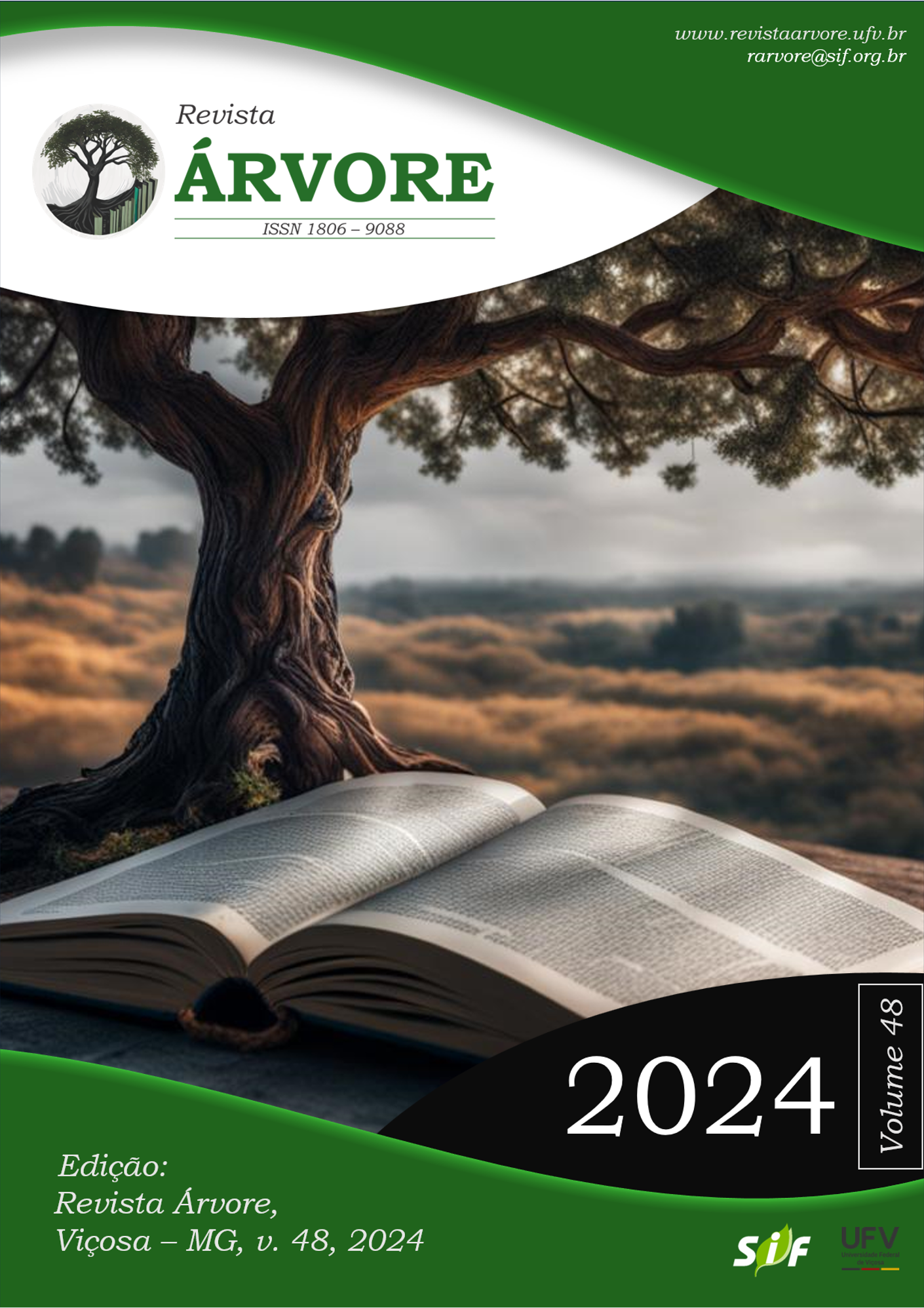Influence of anthropic disturbance in structure of plant populations along an elevation gradient in caatinga region
DOI:
https://doi.org/10.53661/1806-9088202448263640Keywords:
Population structure, Altitude, Generalist speciesAbstract
Elevation gradients are useful models for testing how the variation of abiotic factors and anthropogenic disturbance modulate the population structure of plant species. Despite the small range of elevation, mountains in the semi-arid region of Brazil are subject to different levels of anthropic pressure. We investigated whether structural parameters of two species (Croton blanchetianus Baill. and Cenostigma pyramidale (Tul.) Gagnon & G.P. Lewis) with wide distribution in Caatinga, vary along an elevation gradient. We established 45 plots on three elevation levels. Next, we calculated abundance, percentage of tiller individuals, number of tillers, average diameter, average height, basal area, and above-ground biomass in each plot. Additionally, we recorded six metrics of chronic anthropogenic disturbance (CAD) in each plot. We tested whether species parameters differed between elevation levels and evaluated the influence of CAD on the structural parameters of each species. Abundance, percentage of tiller individuals, and number of tillers were higher at the gradient base for the two species. The metrics of CAD significantly influenced abundance and number of tillers, showing that there is an increase in these parameters in the most disturbing areas. The high capacity for regrowth of dry forest species provides resilience; however, it can contribute to proliferating populations of generalist species tolerant to environments with high rates of CAD. The study highlights relevant observations related to the ecology and distribution of plant populations in the Caatinga, mainly related to elevation gradient recognized as important refuges of biodiversity in this region of Brazil.
Keywords: Population structure; Altitude; Generalist species.
Downloads
Published
How to Cite
Issue
Section
License
All authors agreed to submit the work to Revista Árvore and granted the exclusive license to publish the article. The authors affirm that it is an original work and has not been previously published elsewhere. The scientific content and opinions expressed in the article are the sole responsibility of the authors and reflect their opinions, not necessarily representing the opinions of the editorial board of Revista Árvore or of the Society of Forest Investigations (SIF).








